Finding Home: A roadtrip in the Southern United States
A plantation house near Charleston, South Carolina.
The door was locked. We peered through the windows. A simple room revealed itself. The pedestal simply said “Coffin Point Praise House”. A sign waited “Keep this historic site open. Donations are greatly appreciated.” Three wooden slat benches sat silently, 2 painted and one without paint. A few photographs in frames stood on the walls.
Outside, a car passed us every few minutes. Otherwise, silence. The tropical greenery of Georgia’s Sea Islands hemmed us in. We stood outside the Praise House a few minutes, hoping a caretaker or friend would emerge from the shrubbery. Nothing. The door remained locked.
Coffin Point Praise House, St Helena.
We continued driving. Normally, in the US, you pass 7-11s, convenience stores, gas stations. Or simply houses with pickup trucks and US flags outside. Families with kids and dogs. Something. This place was … silent. It felt forbidden. Searching the internet for “St. Helena” revealed nothing. We found one deli, but our obvious tourist scent made us too shy to ask for “Geechee Gullah” culture. We would have to return another day.
Geechee culture was the African culture of Georgia’s coast. Praise houses were their traditional churches. But their culture seemed to melt into the tropical countryside, hidden by oaks and Spanish moss. Elusive and unseen.
The South seemed that way. Sometimes the South was elusive and unseen. Sometimes the South would betray itself and hint at a deeper mosaic–a mosaic trammelled by many peoples sharing the same quest–a quest for a place to call home.
Home. Was this a home? We stepped inside the nondescript structure. A sign said “Savoy Music Center”. Inside, everyone seemed to know each other. They said,“Remember the song that his Pa loved? What was it? How did it go?” And someone strummed a few notes. The song began. The Acadian French singing ensconced us. We were listening to the Savoys–a family of Acadian musicians. The music brought a sharp awareness of the land. We felt like pilgrims. Seeking some unknown essence. Some story of peoples and cultures. And here, that story told of exiled Acadians and a desperate flight to a new home: the Acadian Prairie in southern Lousiana.
Cajun music in Eunice, Lousiana.
Acadia is a few hours from New Orleans, but they tell two entirely different stories. In Acadia, harried refugees found self-discovery and simple country living. In New Orleans, many made the city their home. French, Spanish,African-Americans slaves, and the English. From their claims to New Orleans emerges a city that tells many stories. A seductive charm that seeps along the Mississippi, laying the veneer of revelry and history over the tragedy of slavery and hurricanes. Once the largest city in the South, history finally overtook New Orleans in the 20th century, where New Orleans ceased to symbolize “home” in favour of new cities like Houston and Atlanta.
In New Orleans’ Garden District, we walked down Prytania street. Stately colonial mansions stood awaiting our appraisal. This mansion passed from a cotton planter to a Confederate general. The next mansion was occupied by the invading Union forces. And so on. The mansions were impeccable and aristocratic.Their perfect gardens and wonderful wrought-iron fences transported us into the Antebellum era.
A colonial mansion decorated for Mardi Gras, New Orleans.
A neighborhood over from the Garden district, we got icecream and asked the affable owner for tips. “Oh the best shrimp BBQ, you must go. It’s that way.” Then his tone turned serious. “Don’t cross the street here. It’s a war zone. Go down four streets and then cross.” We were taken aback but complied. In New Orleans, we quickly learnt that no-go neighborhoods were exactly that, and exclusively black.
For if New Orleans is 60% African-American, the Garden district certainly never lets that show. New Orleans flips from exclusively white to exclusively black neighborhoods in an instant. And also, from safe to unsafe. For a city so renowned for culture and history, the stark segregation was a reminder. For the many peoples who found home in New Orleans, it was a very different kind of home.
Ultimately, New Orleans is the story of slow self-realization. From an incandescent childhood that lit the Caribbean, a rebellious adolescence as a bastion of French Creole culture, a glorious maturity, and a slow but inexorable decay into old age, New Orleans is a city unto itself. Just as the Mississippi continually renews and rebuilds her delta, New Orleans has continually fed on herself, to inspire and renew an ever more complete mythology, both bitter and sweet, phantasmagorical and decrepit. That mosaic of pathos and triumph is the essence of New Orleans’ seductive charm. For the tourist knows that New Orleans is no Disneyland. It is real and her complex reality casts an irresistible spell.
New Orleans’ spirit manifests amidst blight.
Our journey from New Orleans to Houston to Austin traversed the potential, and power, that America sees in herself. Houston symbolized the American 20th century. Immense freeways coil around downtown skyscrapers like pythons. Suburbia stretches as far as your gas tank. Houston speaks pickup trucks, barbeque, petroleum, and NASA rockets. Barely a town in 1900, Houston’s rise parallels the story of the 20th century. But we wanted the 21st century and soon left Houston for Austin.
And Austin inescapably yanked us into the 21st century.
We gazed at the ramen bars and gourmet taco bistros. The good-looking, well-dressed, Instagram-savvy millennials. We had stumbled into Millennial Paradise. Our friends said, “Have you been to Domain? Visit Domain.” The Domain combined offices, shops, and residences into one seamless develpoment into a millennial playground. The homeless people in tents under Austin’s freeways felt far away.
Millennial shops, expensive cars, and warm weather in Austin, Texas.
Whether we visited the Domain or Congress St, we saw in Austin a powerwashed, innocent, millennial playground, where everyone had fluffy dogs and well-paying high tech jobs. If San Francisco was one pole of urban dystopia, Austin had potential to be another. For now, Austin was what millennials wanted to call home.
When Austin superficially reminded us of San Francisco, we discovered their true connection in Nashville’s Country Music Hall of Fame. “Austin’s Underground Rises” proclaimed a museum exhibit. We learnt that both Austin and SF were centers of hippie counterculture. Both Austin and SF proclaimed a hippie live and let live spirit. Both Austin and SF have world-class universities. And both Austin and SF draw tech companies whose employees delight in the countercultural roots.
Nashville’s Country Hall of Fame, and Memphis’ Stax museum were excellent. Nashville and Memphis reminded us how African-American music, English & Irish folk instruments, German and East European influences, and Mexican and Cajun music all combined to produce country, soul, blues, and rock-n-roll. The story of the music was the story of these peoples finding their home. The most poignant story was of soul, gospel, and blues music. The music of cotton fields and slavery, of finding happiness in pain. These threads collided in Memphis and Nashville. We stood in Sun Studios room where Elvis Presley was discovered, and in the Stax Studios recording rooms where soul and blues were born. Stax Studios’ story made us pause and reflect on the potential that lay in humanity when people worked together.
Lower Broadway, Nashville.
If Memphis represented hope, then Charleston represented despair. The Slave Auction House is an indelible stain. Called the “Old Slave Mart”, it was the last act in our Charleston visit. Note, Charleston is full of aristocratic, proud colonial houses with Range Rovers and golf carts in their driveways. The houses are fronted by plaques that describe their owners as notable families but never as slave owners. The streets are clean and the mood is light. Tourists are aplenty. Nothing hints at Charleston’s history, except for the Old Slave Mart and a statue or two. But the Old Slave Mart rings true of inhumanity and makes the visitor want to run free from Charleston’s stuffy denial and casual noblesse oblige.
Old Slave Mart, Charleston. Source.
Run free then, dear visitor, to Savannah. About an hour south of Charleston, we felt at home in Savannah. The town acknowledged slavery, balanced tourism with character, and was gloriously walkable. Spanish moss drips from stately oaks as genteel architecture soothes the eye. The visitor is directly informed of slave-owning antecedents. The town has no airs. The food is good.
From slavery came deliverance, not with the Civil War, but with the Civil Rights movements. And Birmingham, Alabama was the crucible. The city where KKK killed young girls and where the police let loose dogs and water cannons on children. Birmingham is where Martin Luther King was arrested for the first time. And his Birmingham campaign is what held the world’s attention and began the end of segregation. On a quiet January evening, as the sun set, we walked the Civil Rights trail in downtown Birmingham, and thought about all that had come before us. Soon, we’d face the lynching memorial in Montgomery, and the Justice museum, and imbibe the full horror of racism. Lynching is too terrible to describe. Go to Montgomery, go. And see the memorial and museum.
Sloss Furnaces, Birmingham, Alabama.
A little further north from Birmingham, another cycle plays. The Cherokee Nation. And a little further south, in Georgia, the mounds of the Mound Builders civilization. Both the Cherokee Nation and the mounds lend deeper meaning to the quest for “home”. The Cherokees were torn apart, into Western and Eastern Cherokees, and into either collaborating with or fighting the Europeans. They were scattered and broken, some finding another home in Oklahoma, others clinging to remnants of ancestral lands North Carolina. The Mound Builders were vanquished by smallpox and other diseases, and appear as ghosts in history books. We could but wander the mounds and wonder as to these peoples and the vagaries of Fate.
Where did these travels leave the mind?
We saw the promise and the reality of a New World. The United States experienced immense change in a few centuries. People from around the world reached this land to find home or fortune, or be consigned to slavery. The stories in this essay are but a few. This immense change brought struggle, oppression, and opportunity. And in that lived experience, they sought a home. Whether slave plantations, or Civil Rights, blues or rock-n-roll, change and struggle laced the American character. The same aphorisms ring true today as they rang true before. Give the world’s best a home, embody change, let the human spirit run free, and find strength in diversity. Whether in New Orleans’ everchanging visage, Memphis’ vibrant music, Birmingham’s struggle for justice or Houston’s space rockets, these ideals find their American expression and transcend space and time.
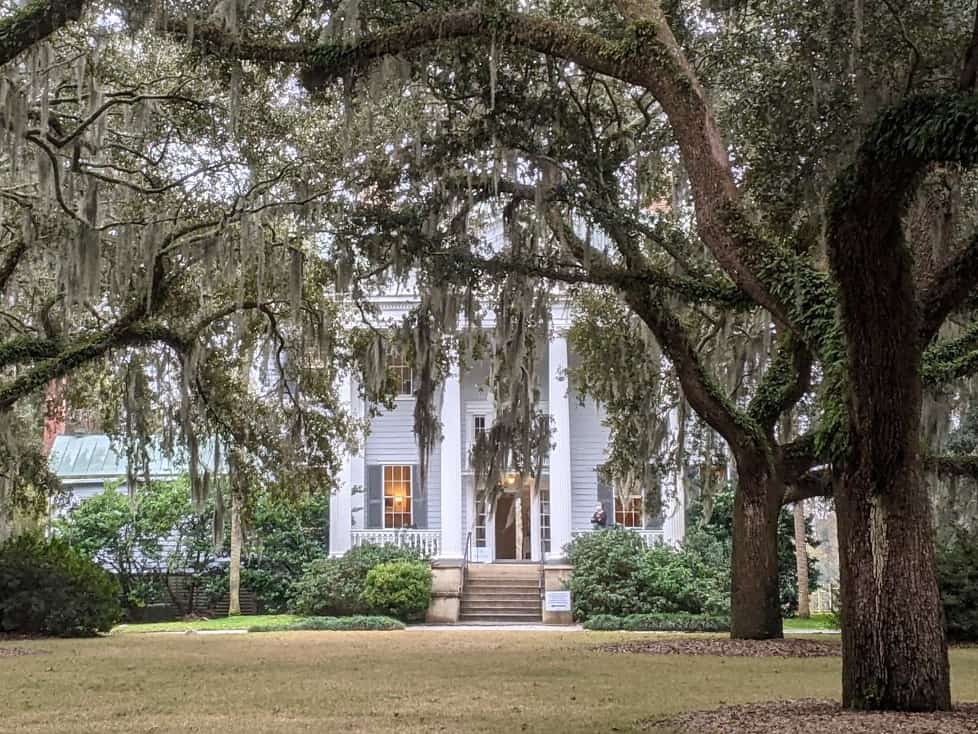
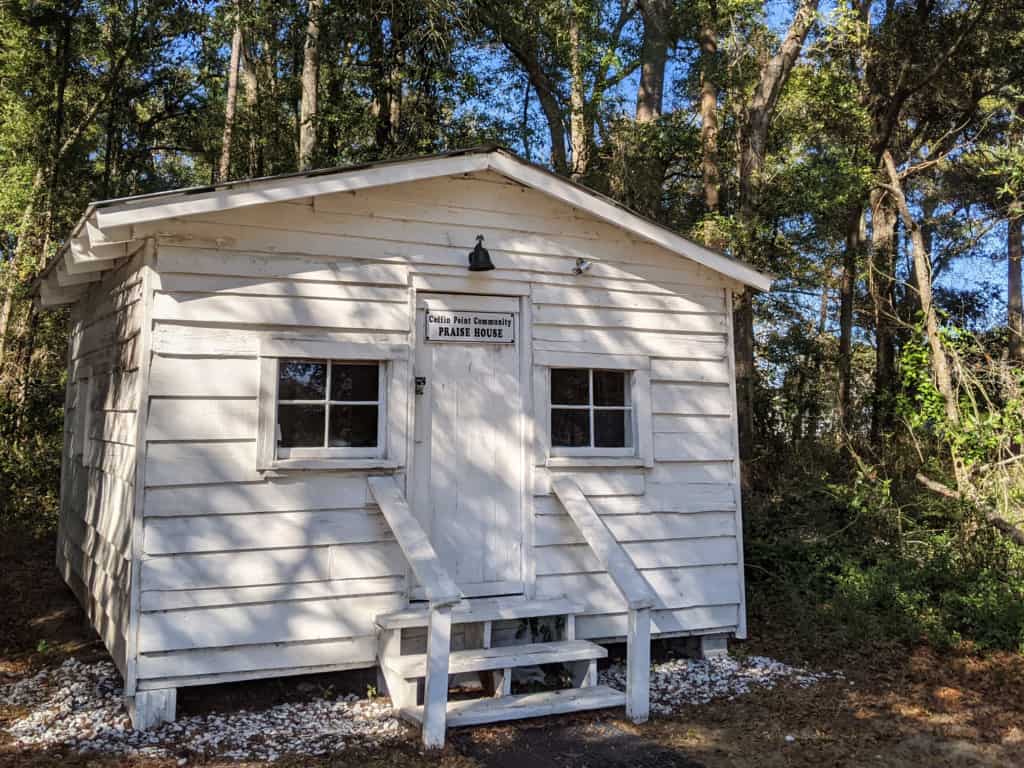
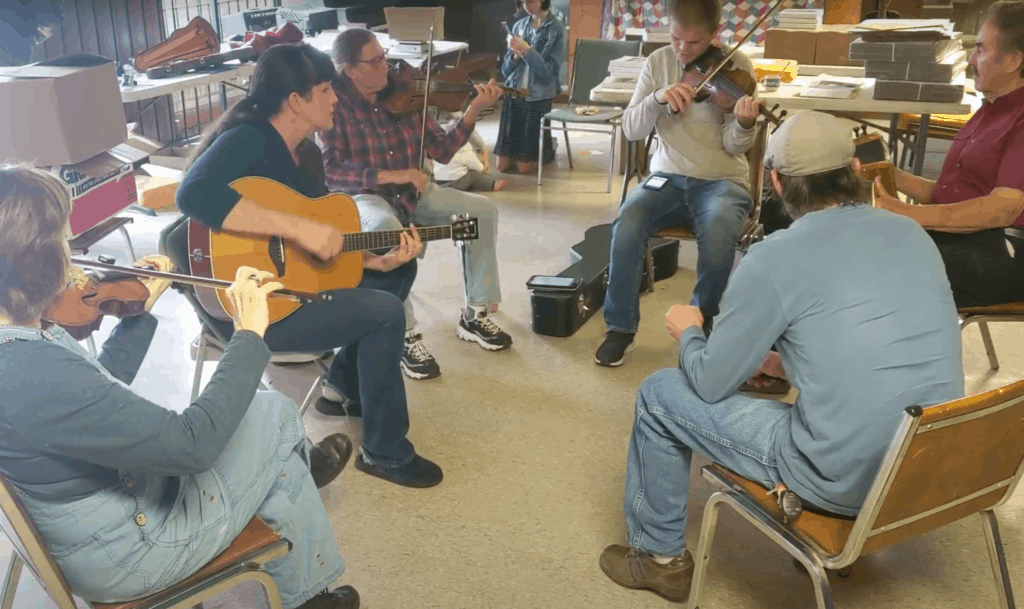
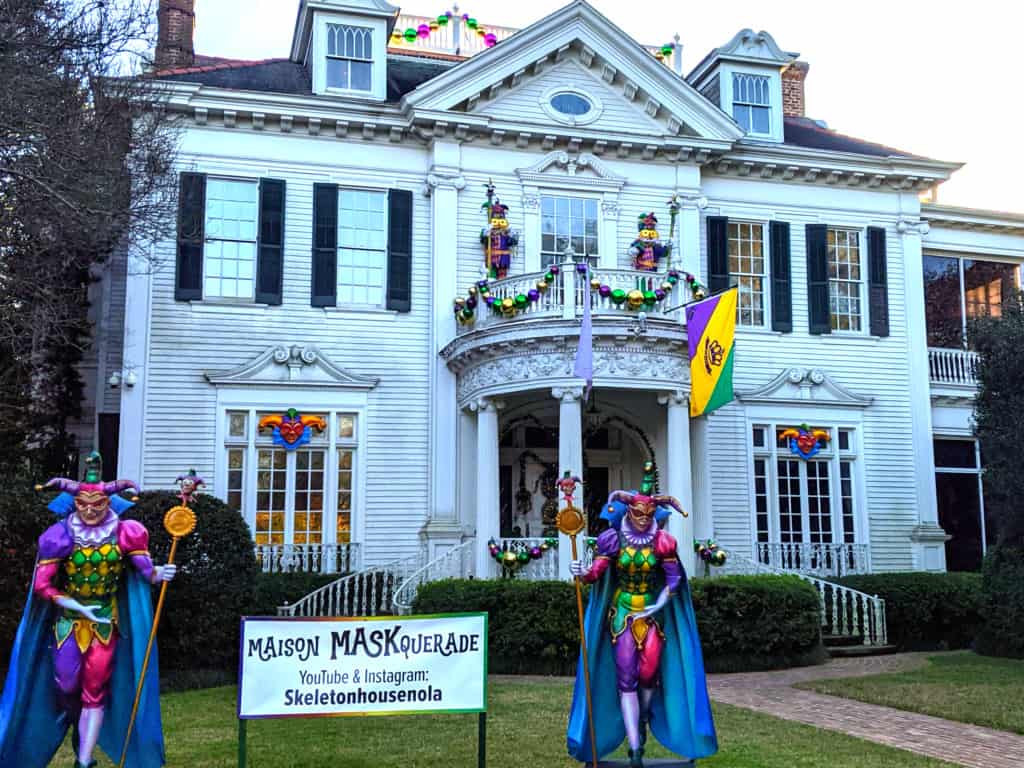
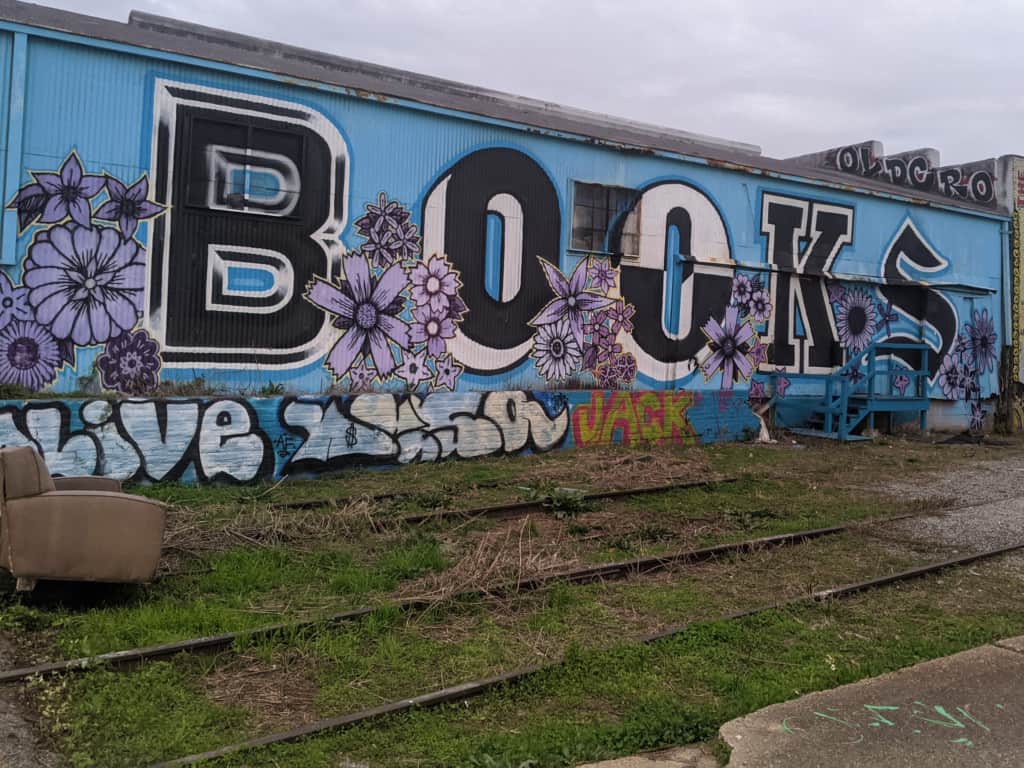
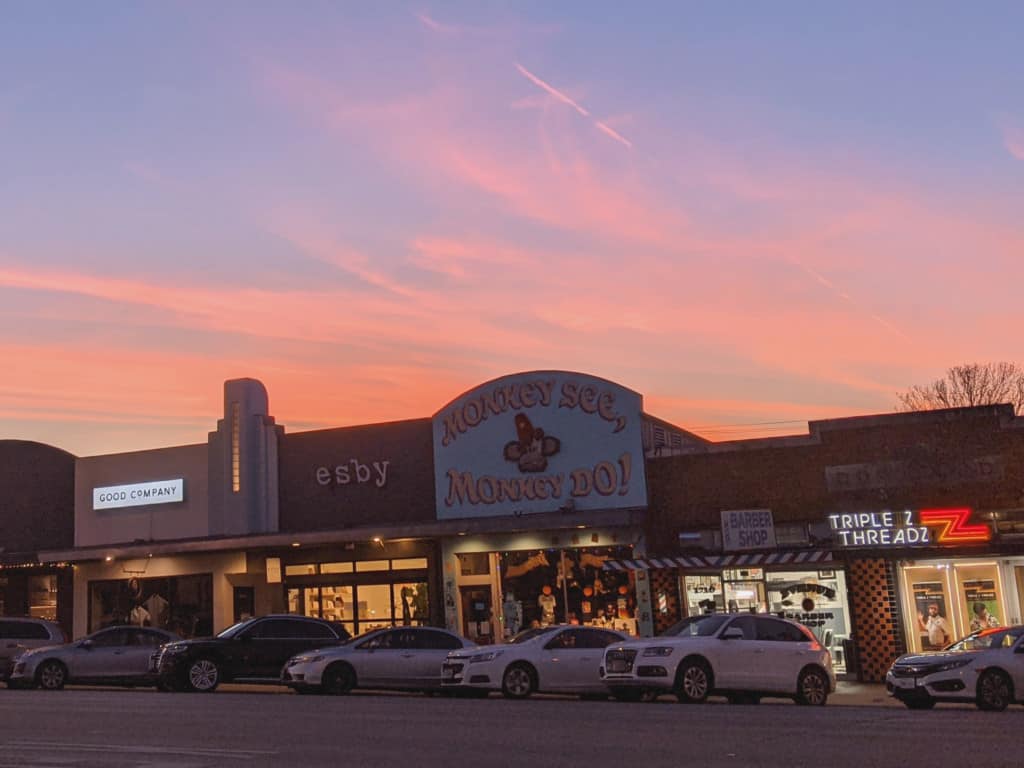

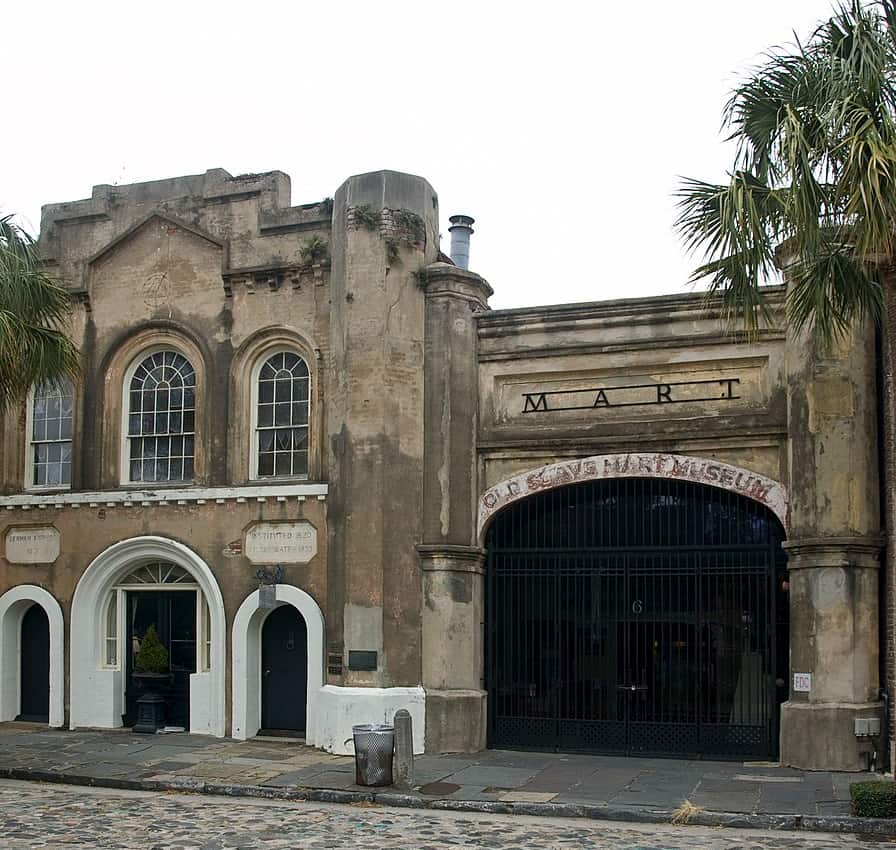
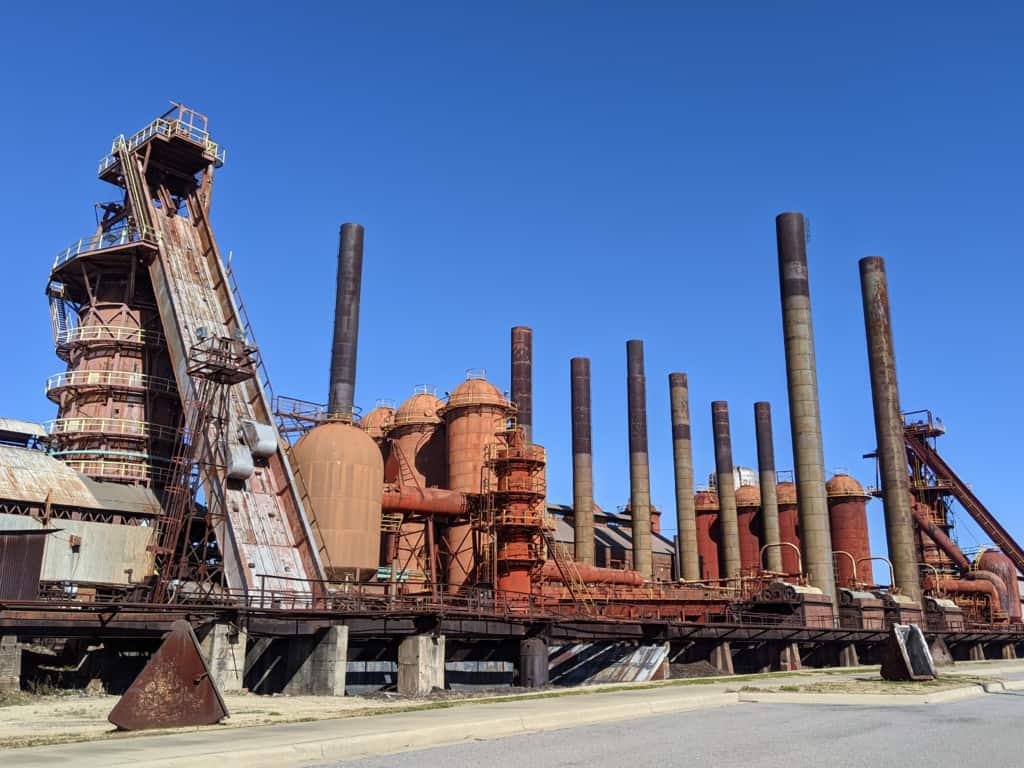
What a lovely post. Thank you for sharing
I’m glad you enjoyed the post :)